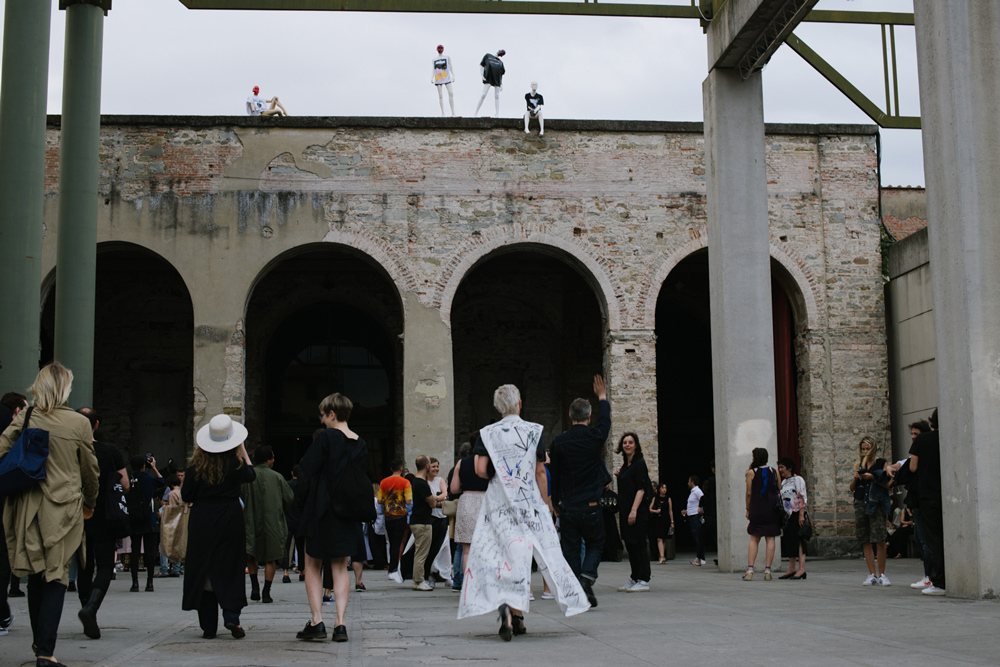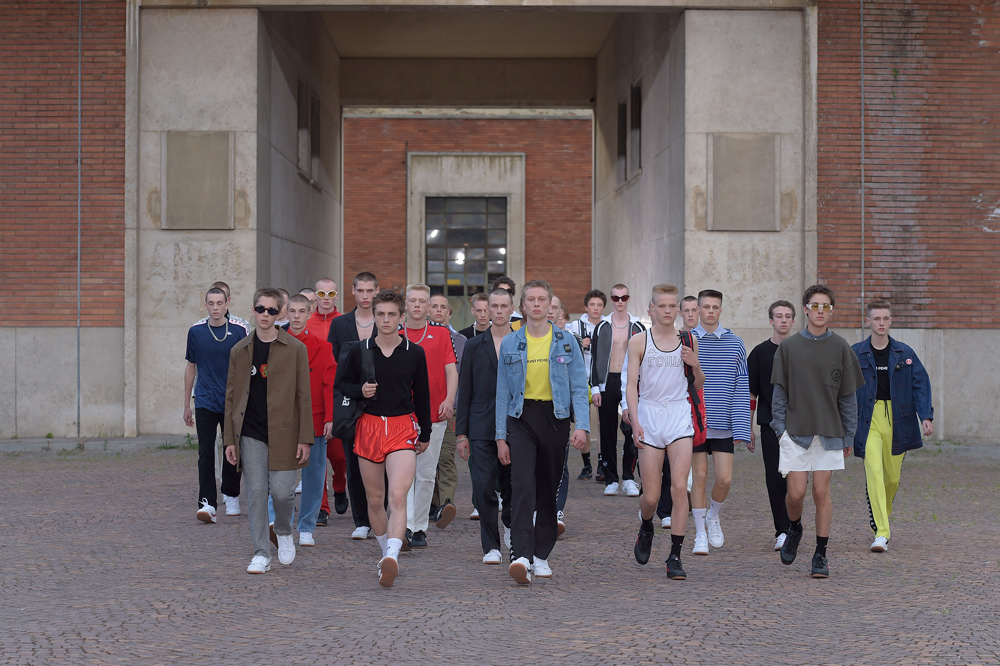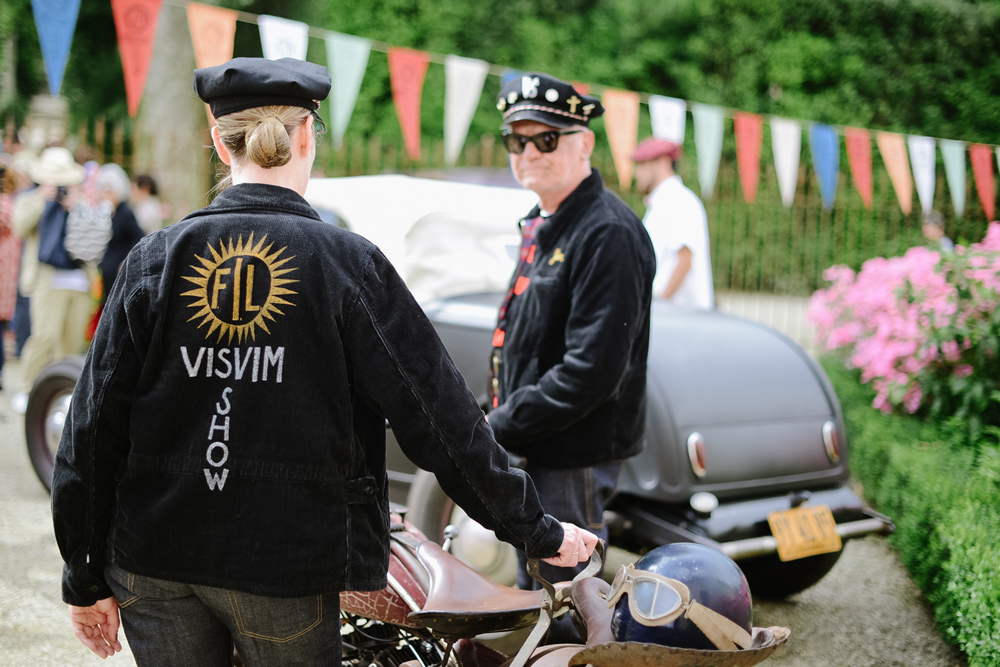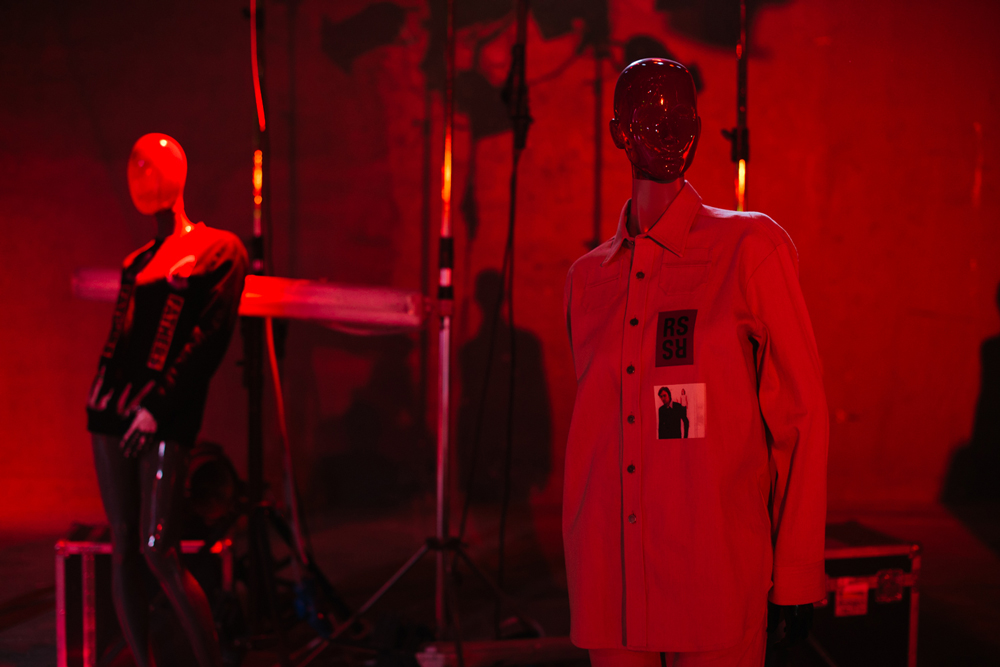Danish trailblazer Kvadrat is turning end-of-life textiles into furniture with the help of Max Lamb and upcycling initiative Really
“Some of the very first designers for Kvadrat were artists and architects,” says Njusja de Gier, head of branding at Denmark’s leading textile manufacturer. “That has always been a huge part of our identity.” Creative partnerships have driven the company’s reputation for innovative design since it was founded 1968 and, through collaborations with figures such as Raf Simons, Peter Saville and Olafur Eliasson, Kvadrat has advanced textiles beyond the modish world of product design and into the realm of experience. “We want to inspire people and show that you can do more with textiles than just upholster a sofa or a chair,” she says. “We’re trying to push the boundaries.”
Despite Kvadrat’s roots in the Scandinavian design tradition, one reason for the revolving roster of collaborators is to forge an international outlook. In-house engineers regularly team up with designers who have a technical understanding of yarns and weaving, such as Asa Pärson, or designers who work conceptually, such as Patricia Urquiola. These partnerships ensure that Kvadrat remains relevant, furnishing architectural landmarks such as MoMA, Guggenheim Bilbao and the Oslo Opera House, while also remaining popular in private homes, hospitals, airports and public transport.
After launching its fourth collection of soft furnishings with Raf Simons at the Academy of Design in New York in March, Kvadrat has now teamed up with ‘upcycling’ initiative Really, and designers Max Lamb and Christien Meindertsma to present a collection of furniture made entirely from end-of-life wool and cotton. The launch exhibition at Salone del Mobile will detail the making of the solid textile board using cut-offs from the fashion and design industries, as well as unwanted household textiles.
“Upcycling is necessary,” says Njusja. “We saw this as the next step in Kvadrat’s sustainability strategy. Naturally, we have a lot of cut-offs, and this is a way to do something beautiful with them.” The solid textile boards come in four colours – blue, white, slate and brown – based on their textile source, and can be used in many of the same ways as solid wood.
“We approached Max because of his material research. He’s already experimented with engineered marble so we knew he would take an interesting approach,” Njusja explains. “He has designed 12 benches for us in such a way that we can recycle each piece and make new textile boards with it. It’s completely closed-loop.”
Max Lamb and Christien Meindertsma’s designs, along with their research and prototypes, will be on display from 5 April at Salone del Mobile 2017









